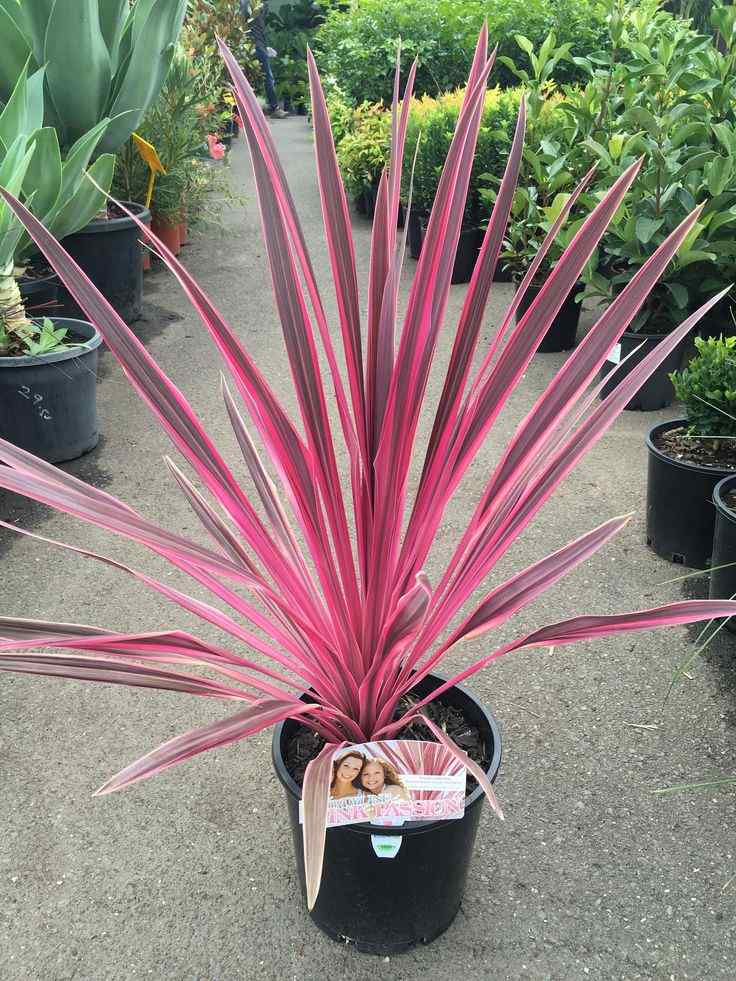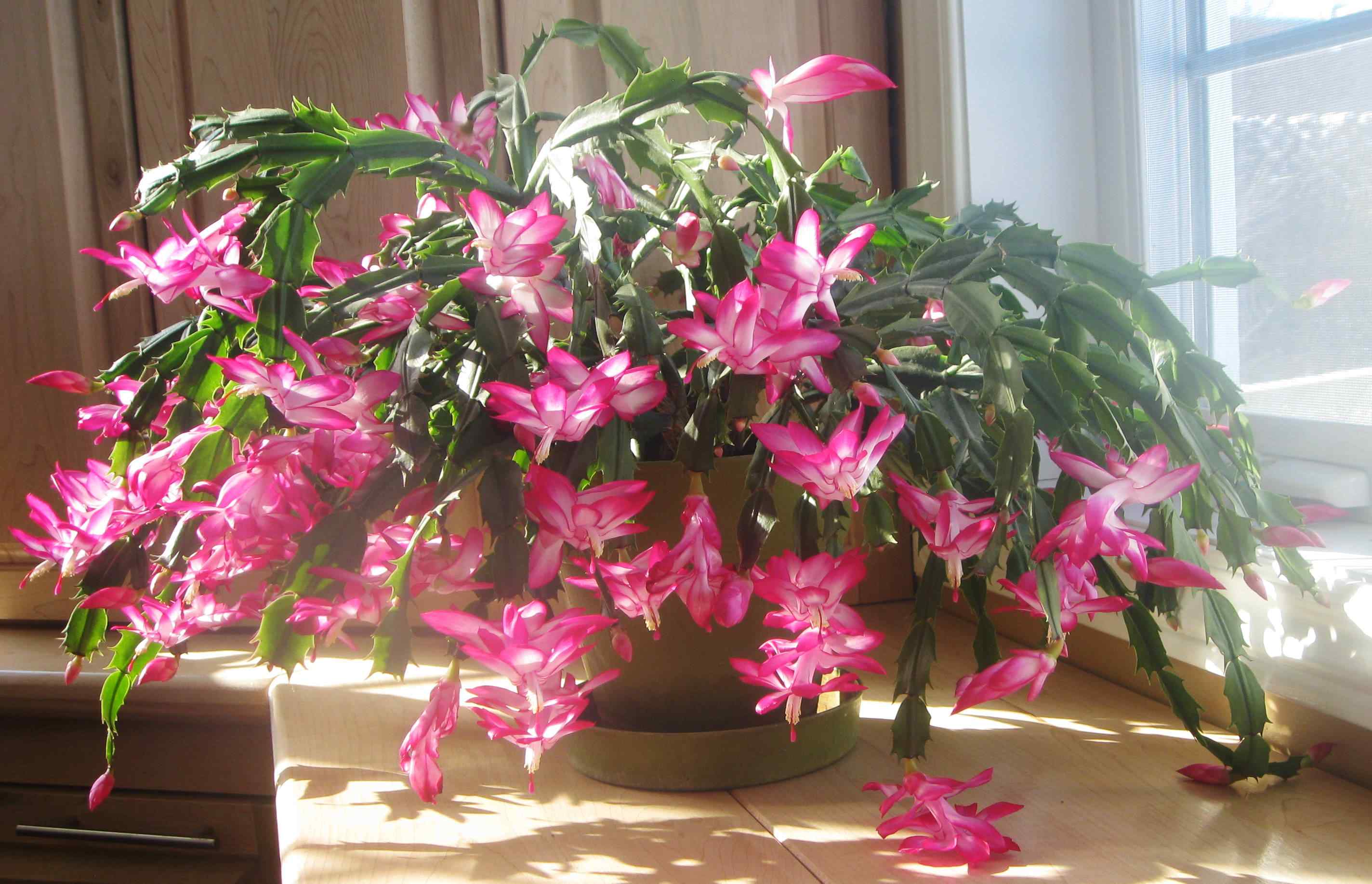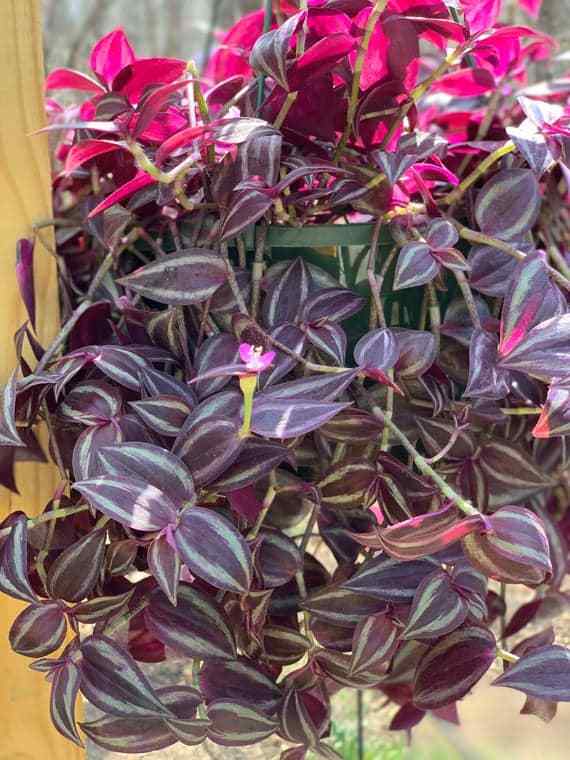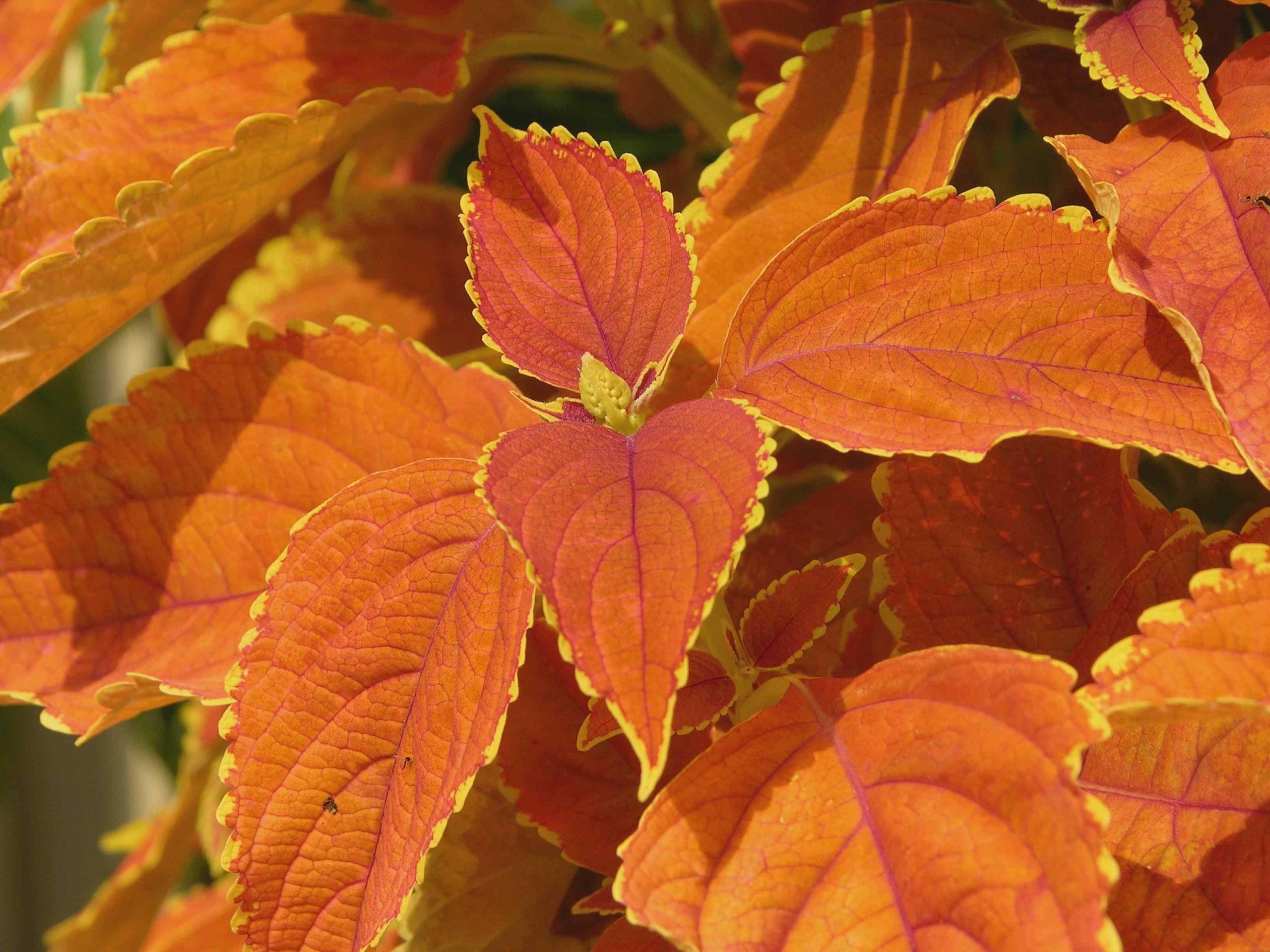When we think of plants, the color green usually comes to mind. After all, most plants have green stems, leaves, and flowers. But the plant kingdom contains a surprisingly diverse array of species that break out of the green mold. Let’s explore some of the most striking and unusual non-green plants that add splashes of color to gardens, landscapes, and indoor spaces.
Why Are Plants Usually Green?
Green pigments called chlorophyll are responsible for the predominant green color in plants. Located in the chloroplasts of plant cells, chlorophyll absorbs sunlight and converts it into energy through the process of photosynthesis. This gives plants the fuel they need for growth and reproduction.
In most plant species, chlorophyll is abundant and masks other pigments. But some plants also contain non-green pigments called anthocyanins and carotenoids. By producing more of these other pigments, some plant species display beautiful non-green hues.
Vibrant Flowering Plants
Many flowering plants prized for their blossoms also have foliage in striking non-green shades. Here are some top picks
-
Coleus This common ornamental plant has leaves ranging from deep purple to hot pink mint green and cream. Some varieties have multicolored foliage. Coleus thrives in shade and needs minimal water.
-
Iresine: Also called bloodleaf, the iresine genus includes herbs and shrubs with brilliantly colored leaves in hues of red, orange, yellow, and pink. Iresine enjoys full sun and moist soil.
-
Alternanthera: Grown for its vivid leaves, alternanthera foliage comes in burgundy, pink, yellow, and other shades. It makes a nice addition to container gardens and borders.
-
Persian Shield: The iridescent purple leaves of Persian shield make it a dramatic garden plant. Its shimmery foliage looks beautiful alongside flowers and other tropical foliage.
Trees and Shrubs
Non-green colors also occur naturally in the leaves of some trees and shrubs:
-
Japanese Maple: Highly desired for its fall foliage, the leaves of Japanese maple trees turn vibrant shades of red, orange, or yellow in autumn. Some varieties have burgundy or nearly-black leaves all summer long.
-
Smokebush: As its name implies, the large plumes of flowers on this deciduous shrub look like billowing smoke. The flowers emerge in shades of pink, purple, and red contrasting beautifully with the olive-green leaves.
-
Ninebark: A tough, low-maintenance North American native shrub, ninebark has leaves that range from reddish-purple to chartreuse-yellow depending on the variety.
-
Fothergilla: This spring-blooming shrub has striking blue-green foliage that turns vibrant red, orange, and scarlet in fall. The pale flowers add even more color.
Tropical Houseplants
The hot pinks, vibrant reds, and deep purples of tropical foliage plants add drama to indoor spaces. Some top picks include:
-
Croton: Native to Indonesia, crotons flaunt large, waxy leaves in a mind-boggling mix of colors, shapes, and patterns. Popular houseplants, crotons need plenty of light.
-
Caladium: Featuring heart-shaped leaves, caladium is available in an endless array of color combinations. Solid whites, reds, pinks, and greens mix with multi-colored types.
-
Polka Dot Plant: This houseplant lives up to its name with leaves splashed in contrasting shades of white, pink, and red. It looks lovely in hanging baskets and container gardens.
-
Ti Plant: Beloved for its tolerance of lower light, ti plant produces colorful foliage ranging from deep burgundy to bright pink and ivory variegations.
Non-Green Doesn’t Mean No Chlorophyll
While stunningly colorful, many of these plants still contain green chlorophyll hidden beneath the other pigments. Others may photosynthesize through their green stems while producing colorful leaves when light is plentiful. Only a small number of specialized plants, like the ghost mushroom, completely lack chlorophyll.
So explore beyond green to appreciate the diverse palette that plants have to offer! Non-green species add striking visual interest to both outdoor and indoor plant displays.
e. Beautiful Pink Passion

The plant’s leaves have the same name as the plant itself. It has beautiful, smooth, pink-purple leaves that curve like swords and have sharp pink edges.

When we talk about plants that aren’t green, we can’t forget about Christmas cacti, which belong to the Schlumbergera genus and have beautiful flowers. They come in a lot of different colors, like yellow, white, pink, red, and even purple and dark purple. You can decorate your home with the Christmas cactus, which can grow to be about the size of a tabletop or desk. It will add color and texture to any space where it is placed. Christmas cacti are low-maintenance plants that can lift your mood during the years colder months.
Christmas cactus needs bright but indirect light to grow, and it should only be watered when the soil’s top inch is completely dry. Following a certain schedule of cool temperatures and longer nights is necessary to encourage flowering every year.
a. Tradescantia Zebrina Burgundy

Different colored Burgundy plants can be found depending on where they are grown and what stage of development they are in. The leaves are more compact, and the stripes are more apparent than in the shown earlier.
BEWARE! DO NOT Buy These 11 Plants at the Garden Center / Invasive Plants That Spell Trouble
FAQ
Is there any plant that is not green?
What are the non-green plants?
What are two plants whose leaves are not green?
Are there trees that aren’t green?
What plants are not green?
In addition to the plants mentioned above, other popular non-green plants include toadstools and mushrooms. Why all leaves are not green? All leaves contain chlorophyll, but in some cases, not every part of the leaf possesses chlorophyll. Certain leaves exhibit combination of green and white or green and yellow stripes or spots.
What are non-green plants?
Non-green plants, also known as heterotrophs, encompass all plants and animals that are not green. These organisms, including humans, do not undergo photosynthesis, the process responsible for food production, because they lack the chlorophyll pigment.
What plants can survive without green leaves?
Many plants are selected as ornamentals because of their red leaves— purple smoke bush and Japanese plums and some Japanese maples, to name just a few. Obviously they manage to survive quite well without green leaves. At low light levels, green leaves are most efficient at photosynthesis.
Why are some plants not green?
(There are plants that don’t appear green, like the copper beech, because they contain pigments like carotenoids. But those pigments are not photosynthetic: They typically protect the plants like sunscreen, buffering against slow changes in their light exposure.)
Are red leaves better than green leaves?
So red-leaved plants get a little protection from ultraviolet light and send a warning to leaf-eating pests, but they lose a bit of photosynthetic efficiency in dimmer light. Botanists have been wondering about red versus green leaves for the past 200 years and there is still much research to be done in this arena.
Are green leaves more efficient at photosynthesis?
At low light levels, green leaves are most efficient at photosynthesis. On a sunny day, however, there is essentially no difference between red and green leaves’ ability to trap the sun’s energy. I have noticed the presence of red in the new leaves of many Bay Area plants as well as in numerous tropical species.
- The Ultimate Guide to Growing Strawberries in Raised Beds - August 8, 2025
- No-Dig Garden Beds: The Easiest Way to Grow a Beautiful Garden - August 6, 2025
- How to Protect and Preserve Wood for Raised Garden Beds - August 6, 2025

